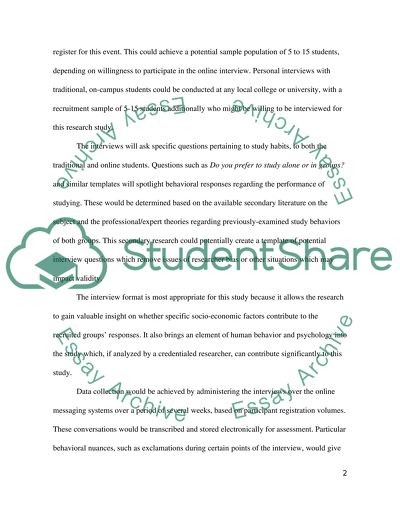Cite this document
(“Applying qualitative research methodology to an educational problem Paper”, n.d.)
Applying qualitative research methodology to an educational problem Paper. Retrieved from https://studentshare.org/miscellaneous/1552839-applying-qualitative-research-methodology-to-an-educational-problem
Applying qualitative research methodology to an educational problem Paper. Retrieved from https://studentshare.org/miscellaneous/1552839-applying-qualitative-research-methodology-to-an-educational-problem
(Applying Qualitative Research Methodology to an Educational Problem Paper)
Applying Qualitative Research Methodology to an Educational Problem Paper. https://studentshare.org/miscellaneous/1552839-applying-qualitative-research-methodology-to-an-educational-problem.
Applying Qualitative Research Methodology to an Educational Problem Paper. https://studentshare.org/miscellaneous/1552839-applying-qualitative-research-methodology-to-an-educational-problem.
“Applying Qualitative Research Methodology to an Educational Problem Paper”, n.d. https://studentshare.org/miscellaneous/1552839-applying-qualitative-research-methodology-to-an-educational-problem.


